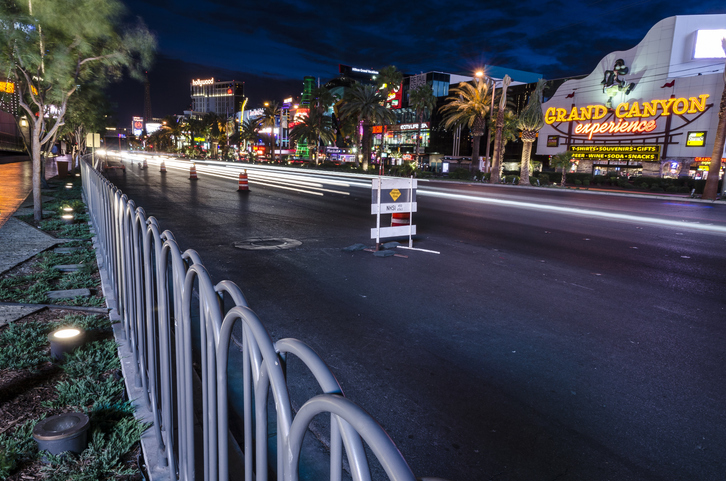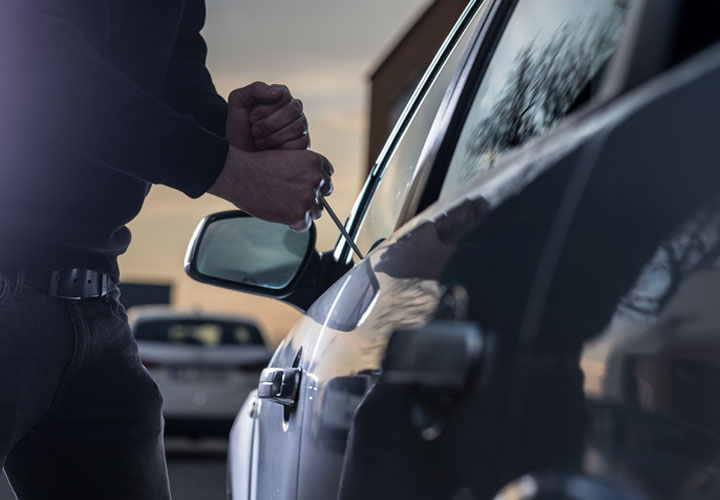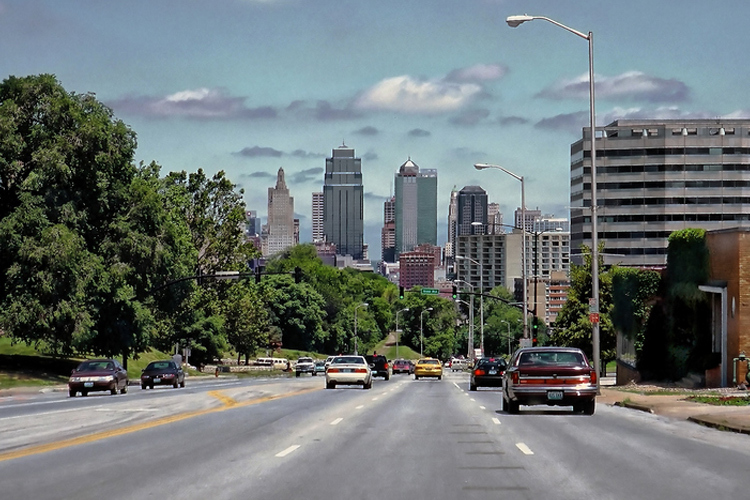
Oahu, which lies within Honolulu County, is the third-largest island in Hawaii. The island faces a strange problem – it is crammed with cars! In fact, the number of registered vehicles on the island has risen to such a degree that soon even the roads could fail to handle it.
Moreover, the congestion is not only on the main road, highways, and freeways. Even smaller streets and alleyways are packed with cars.
While it isn’t the only region in the world that faces the issue of congestion, the geography of the land puts it in a very unfavorable position. Oahu is surrounded by the ocean and therefore doesn’t have much room to grow.
And while the numbers of cars and vehicles continue to grow each year, the road system remains limited.
The Ever-Growing Number Of Cars
More than 792,000 registered vehicles run in the city at present. And one thing is clear for all the residents facing the daily traffic – the roads are overwhelmed by the huge number of cars.
As per data by the Department of Business, Economic Development, and Tourism, more than 190,000 vehicles had been registered for running in Oahu in the period between 1995 to 2017. This amounts to almost a 31% increase in the total number of cars in the said time frame. The population of Oahu, on the other hand, has shown a growth of only 12%.
At the same time, the length of roadways added within the island has been around 190 miles in total. As a result, the island’s traffic is worsening day by day and the administration is struggling to manage it.
The Current Scenario
The Hawaii Department of Transportation has, for the past few years, focussed on some simple techniques to try and stabilize the increasing traffic in Oahu. These include launching contraflow lanes to ease the traffic on some of the busiest roads, along with working on restriping roads to add capacity.
Several projects are also underway – such as a plan to add an east-bound lane on H-1, one of the busiest highways of the island. This project, which is estimated to cost around $180 million, is scheduled to start between Waiawa and Halawa interchanges of the H1.
Experts have suggested some other methods to tackle the traffic, too. Introducing tolls or pricing schemes can be effective in keeping drivers away from the roads unless necessary.
However, while these techniques may show some results, they are hardly suitable as a long-term measure.
How To Deal With The Issue?
According to the deputy director of the Hawaii Department of Transportation, Ed Sniffen, changing the traffic demands of the island altogether is the only way to meet it. While this may be a complicated decision for Oahu, he also deems it an urgent one.
Shifting the start timings for students and employees by schools and employers can aid in reducing the traffic load in peak hours. Flexible workplaces that are closer to the employee’s residence can also help in easing the crammed roads.
However, effort is not restricted to the administration. The residents are also doing their part to combat the issue. There has been a noticeable shift towards other modes of transit, including biking and walking.
Summing Up
While some efforts are in place to tackle the issue of traffic congestion, it seems too far-fetched to think that these will bear immediate results. In addition, due to the numerous vehicles plying on the roads, traffic accidents are also common within Oahu. As a result, the need for Honolulu Car accident lawyers has also increased over the years to deal with compensation claims.
Unless the issue is dealt with in the right way, Oahu may soon be crammed to the point that traffic will come close to a standstill.
RELATED ARTICLES
Recent Posts
- Major Theft Ring Busted: Over $200,000 in Stolen Lego Sets Recovered in Eugene, Oregon
- Judge Denies Texas’ Bid to Shut Down Migrant Shelter Network in El Paso
- Single Mother in Memphis Seeks Help for Troubled Son Amid Rising Concerns
- California’s Proposition 47 Reform Sparks Intense Political Debate Over Public Safety
- U.S. Man’s Social Security Benefits Denied Over Citizenship Confusion
Categories
Our Supporters
Gold Supporters
Christopher Simon – Atlanta Truck Accident Lawyer
Skiver Law Firm – Phoenix Truck Accident Lawyer
Winer, Burritt & Scott, LLP – Los Angeles Clergy Abuse Law Firm
Michael E. Fenimore P.A. – Pensacola Car Accident Lawyer
Pillsbury & Coleman, LLP – San Mateo Long Term Disability Lawyer
The Law Office of Randall J. Wolfe, P.C. – Oregon City Personal Injury Lawyer
Davies Hothem Injury Law – Buford, GA Car Accident Attorney
Houston Federal Criminal Defense Attorney
Darrow Law Firm – Houston Federal Crime Lawyer
Kansas City Personal Injury Lawyer
Atlanta Truck Accident Attorney
Aitken *Aitken* Cohn Trial Lawyers – Santa Ana Personal Injury Attorneys
Dawson Law Group- Portland Personal Injury Attorneys
CT Mediation Center- New Haven Family Law Attorney
Little Rock Personal Injury Lawyer
Katy Car Accident Lawyer
Franklin Divorce Attorney
Palermo Law- Long Island Personal Injury Lawyer
Dan Rose – San Francisco Car Accident Attorney
Taylor Siemens – Liberty, MO Personal Injury Attorneys
Pfeifer Law Firm – Little Rock Car Accident Lawyer
Walkup, Melodia, Kelly & Schoenberger – San Jose Car Accident Attorney
Solomon, Dwiggins, Freer & Steadman – Las Vegas Business Litigation Lawyer
Roane Law – Asheboro NC Car Accident Lawyer
Dorsch Law Firm – Overland Park Estate Planning Attorney
The Tennessee Sledgehammer – Hermitage, TN Car Accident Lawyer
Cook Law Group – Gainesville, GA Car Accident Lawyer
Simon Bridgers Spires – Atlanta Personal Injury Lawyer
Injury Law Associates – Kansas City Motorcycle Accident Lawyer
Potts & Potts – Honolulu Personal Injury Attorney


